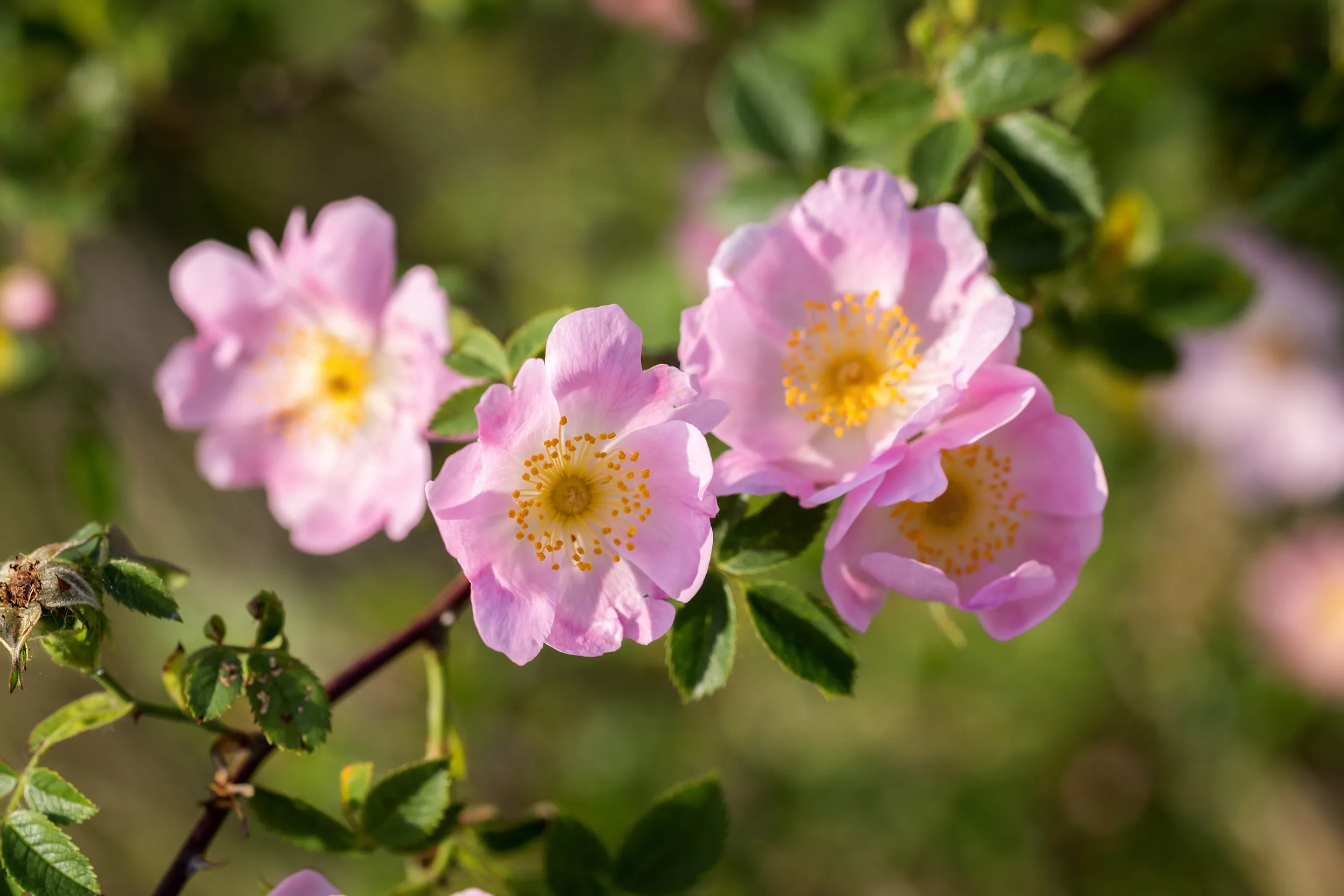Advice
A Great RSPB Youth Group
How to set up an RSPB youth group for your local area.
Hedgerows provide food and shelter for many species. Because they often link small woods, they are essential corridors along which wildlife can travel.

Hedges may support up to 80 per cent of our woodland birds, 50 per cent of our mammals and 30 per cent of our butterflies. The ditches and banks associated with hedgerows provide habitat for frogs, toads, newts and reptiles.
In areas with few woods, many species of birds depend on hedgerows for their survival. At least 30 species nest in hedgerows. Many of these, such as bullfinches and turtle doves, prefe rhedgerows more than 4m tall, with lots of trees, whereas whitethroats, linnets and yellowhammers favour shorter hedgerows (2–3m) with fewer trees. Dunnocks, lesser whitethroats and willow warblers prefer medium or tall hedgerows with few trees.
Wrens, robins, dunnocks and whitethroats usually nest low down, but song thrushes, blackbirds,chaffinches and greenfinches nest well above the ground level. Grey partridges use grass coverat the hedge bottom to nest. It is therefore very important to manage for a range of hedge heights and tree densities and to maintain a grassy verge at the base of the hedge.
Grassy hedge bottoms and field margins provide nesting material and insect larvae for chicks to feed on. Wild flowers and grasses growing up into a hedge also help to conceal nests from predators. In winter, hedgerows can be feeding and roosting sites for resident birds and winter visitors such as fieldfares and redwings.
Thick hedges with wide bases that provide plenty of cover are best but there should be avariety of shapes and sizes from shaped hedgerows to lines of woods. Hedgerows with large numbers of woody species hold more birds. Trees, particularly oaks, support a rich variety ofinsects and are good song posts. Old trees have holes where blue tits, owls and kestrels, as wellas bats, can nest.
Dead timber is also a rich source of insect food and should be left in the hedge unless it is unsafe. The greater the variety of shrubs and trees, the better. Different species flower atdifferent times, providing nectar over a longer period, and so will support more insects. They will also supply a variety of berries over a long period.